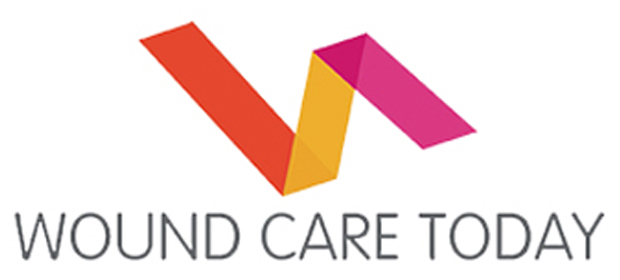References
Adderley U (2019) The National Wound Care Strategy Programme: a progress report. Wounds UK 15(1): 10
Anghel EL, Kumar A, Bigham TE, et al (2016) The reliability of a novel mobile 3-dimensional wound measurement device. Wounds 28(11): 379–8
Guest JF, Ayoub N, McIlwraith T, et al (2015) Health economic burden that wounds impose on the National Health Service in the UK. BMJ Open 5: e009283. Available online: https://bmjopen.bmj.com/content/5/12/e009283
Nix D (2012) Skin and wound inspection and assessment. In Bryant RA, Nix DP, eds. Acute and chronic wounds. Elsevier Mosby, Missouri, USA
Vowden K, Vowden P (2010) Digital pen and paper technology: a tool for data capture and patient management. Wounds UK 6(2): 74–8
Wound Care Today (2020) Product of the month; WoundWorks inSight. Wound Care Today, January
Wounds UK (2017) Meeting CQUIN targets: Improving the assessment of wounds. How to Guide. Wounds UK, London. Available online: www.wounds-uk.com
Wounds UK (2018) Best practice statement: Improving holistic assessment of chronic wounds. Wounds UK, London. Available online: www.wounds-uk.com
Anghel EL, Kumar A, Bigham TE, et al (2016) The reliability of a novel mobile 3-dimensional wound measurement device. Wounds 28(11): 379–8
Guest JF, Ayoub N, McIlwraith T, et al (2015) Health economic burden that wounds impose on the National Health Service in the UK. BMJ Open 5: e009283. Available online: https://bmjopen.bmj.com/content/5/12/e009283
Nix D (2012) Skin and wound inspection and assessment. In Bryant RA, Nix DP, eds. Acute and chronic wounds. Elsevier Mosby, Missouri, USA
Vowden K, Vowden P (2010) Digital pen and paper technology: a tool for data capture and patient management. Wounds UK 6(2): 74–8
Wound Care Today (2020) Product of the month; WoundWorks inSight. Wound Care Today, January
Wounds UK (2017) Meeting CQUIN targets: Improving the assessment of wounds. How to Guide. Wounds UK, London. Available online: www.wounds-uk.com
Wounds UK (2018) Best practice statement: Improving holistic assessment of chronic wounds. Wounds UK, London. Available online: www.wounds-uk.com


